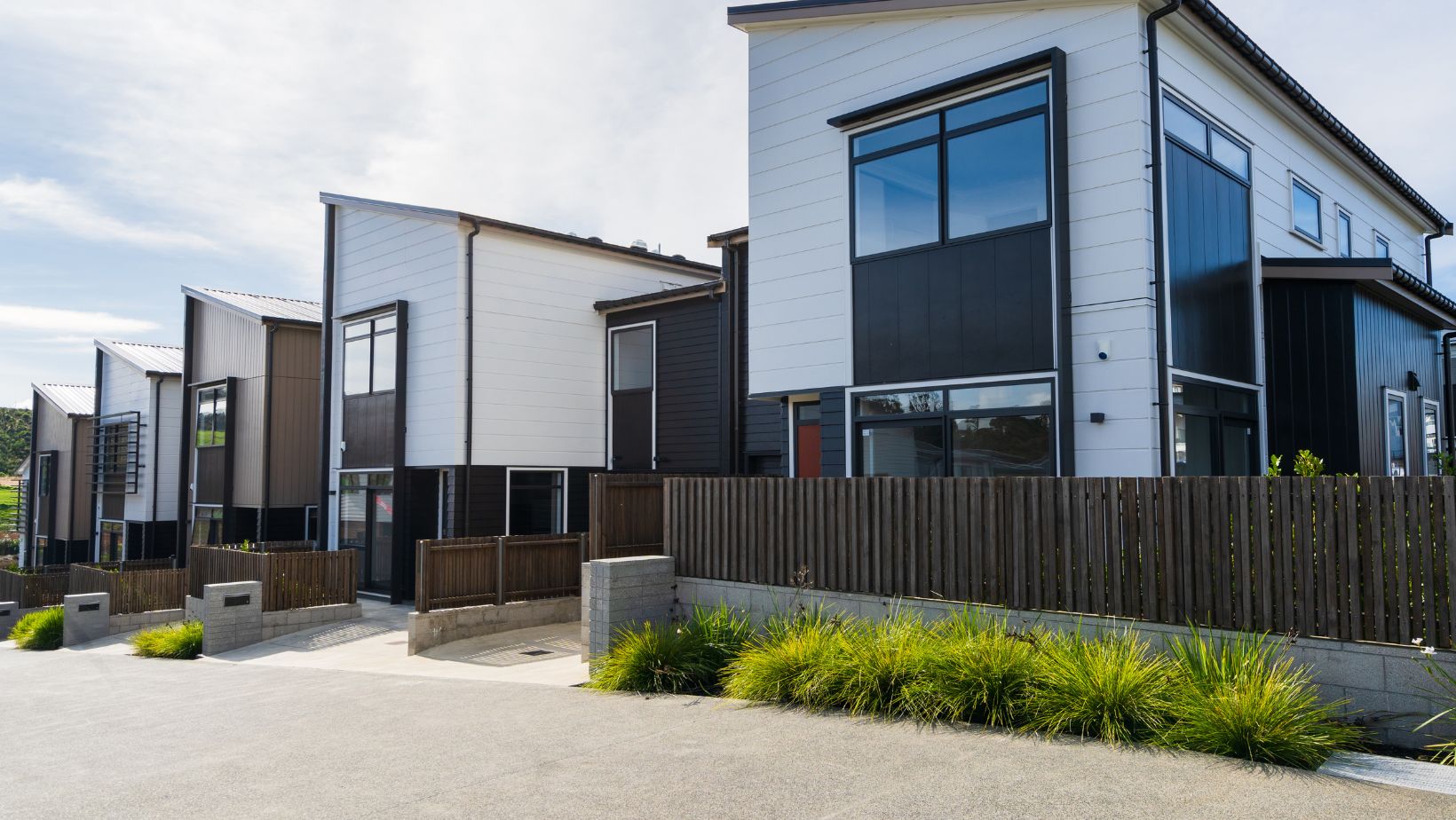Real estate markets, much like the economy at large, operate in cycles of boom and bust. Over the past century, we’ve witnessed patterns of growth fueled by urbanization, economic prosperity, and technological innovation. These have been countered by periods of downturn caused by financial crises, regulatory changes, or demographic shifts. As we look forward to the next decade, it’s essential to recognize that these patterns are influenced by a blend of macroeconomic factors and localized dynamics.
One major driver for future real estate trends will likely be the evolving role of technology. Tools like artificial intelligence (AI) and blockchain are set to redefine how transactions are conducted, making them faster and more transparent. Additionally, shifts in remote work policies may continue to shape demand for properties in suburban or rural areas, as people seek larger, more affordable spaces. Understanding these trends can help investors, developers, and homeowners anticipate the direction of the market.
Urban Growth vs. Suburban Expansion
Over the last decade, we’ve seen urban areas dominate real estate demand. However, the COVID-19 pandemic shifted priorities for many, making suburban and rural regions more appealing. This trend may persist, driven by remote work and the desire for homes with larger spaces. As urban centers adapt, they’re likely to focus on becoming more livable through investments in green infrastructure, smart technologies, and affordable housing initiatives.
On the flip side, suburban growth brings its own hurdles. Infrastructure in these regions often struggles to keep pace with rising populations, necessitating substantial investments to support new development. For homeowners seeking fast and straightforward solutions, Hapa Homebuyers provides an excellent opportunity to skip the complexities of traditional real estate transactions with a seamless cash offer.
The Rise of Green Real Estate
Sustainability will likely become a cornerstone of real estate development in the coming years. With governments around the world setting ambitious climate goals, developers will need to adopt greener building practices and retrofit existing properties to meet higher efficiency standards. Solar panels, energy-efficient appliances, and eco-friendly construction materials are becoming more than just a bonus they’re becoming a necessity.

Moreover, buyers and renters are increasingly prioritizing sustainable living options. This shift in consumer preferences presents an opportunity for developers and landlords who embrace green initiatives. It also presents a challenge: retrofitting older properties can be expensive and logistically complex. As these trends unfold, markets that proactively address sustainability could see significant competitive advantages.
The Tech Revolution in Real Estate
Technology is reshaping every aspect of the real estate industry. From property searches powered by AI to blockchain-enabled transactions, the buying and selling process is becoming more streamlined and secure. Platforms that offer virtual tours and digital contracts are transforming the home-buying experience, making it faster and more convenient for consumers.
Smart home technology is another game-changer. Features like automated lighting, climate control, and security systems are no longer luxuries but expected amenities in modern homes. Developers and sellers who integrate these technologies stand to benefit from increased marketability and higher property values. However, the tech revolution also raises questions about cybersecurity and the potential digital divide, which could impact adoption rates in certain demographics.
Economic and Demographic Influences
The broader economic environment will undoubtedly play a crucial role in shaping real estate trends over the next decade. Interest rates, inflation, and job growth are all significant factors that influence market activity. For instance, rising interest rates could dampen demand for mortgages, while high inflation might drive investors toward real estate as a hedge against currency devaluation.

Demographics are equally critical. As millennials enter their prime home-buying years and Gen Z begins to join the market, demand for starter homes and affordable properties is expected to rise. Simultaneously, baby boomers are likely to downsize or transition into retirement communities, creating opportunities in those segments of the market. Understanding these demographic shifts will be key for stakeholders aiming to stay ahead of the curve.
Preparing for the Future
While no one can predict the future with complete certainty, examining current trends and historical patterns offers valuable insights. Whether it’s adapting to technological advancements, embracing sustainable practices, or navigating demographic shifts, the next decade promises both challenges and opportunities for those in the real estate sector. Strategic planning and a willingness to innovate will be essential for thriving in this dynamic landscape.
For homeowners, buyers, and investors, staying informed and adaptable will be crucial. Whether the market booms or busts, the ability to pivot quickly can make all the difference. As we move into this new era of real estate, the question remains: will you be ready to seize the opportunities ahead?

